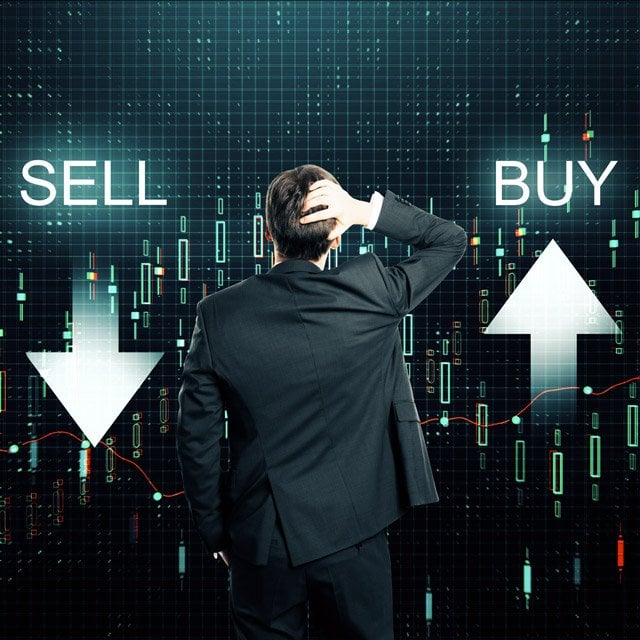Falcon
NOT FOR REPRINT
GMO's Grantham: 7 Signs We're in a Stock Collapse (And What to Do Now)
By
Janet Levaux
Slideshow January 24, 2022 at 11:32 AM
Share & Print
Related: Harry Dent's Stock Market Predictions: How Did They Turn Out?
"Today in the U.S. we are in the fourth superbubble of the last hundred years," wrote GMO co-founder Jeremy Grantham, in a note to investors Thursday. In the note, Grantham and his colleagues laid out what it means to be in a "superbubble," why were are in one that's rapidly losing air, and what asset manager GMO has been doing about it. "One of the main reasons I deplore superbubbles — and resent the Fed and other financial authorities for allowing and facilitating them — is the underrecognized damage that bubbles cause as they deflate and mark down our wealth," he explained. In general, an equity bubble starts to deflate "from the riskiest end of the market first — as it has been doing since last February," according to Grantham. "So, good luck! We'll all need it."- All 2-sigma equity bubbles in developed equity markets have burst — all the way back to trend. The U.S. reached the 2-sigma level in the summer of 2020.
- But some of them went to 3-sigma or more before they burst — producing longer and deeper pain. The U.S. reached 3-sigma in late 2021.
- Timing is uncertain and when you get to 3-sigma superbubbles, such as we have now, there are few examples. Yet they have all shown certain characteristics before they broke:
- A speculative investor frenzy that generated stories for distant decades, which we have had for well over a year;
- A penultimate blow-off phase where stock gains accelerate, as we had in 2020;
- And the ultimate narrowing phase — unique to these few superbubbles — where a decreasing number of very large blue chips go up as riskier and more speculative stocks underperform or even decline, as they did in 1929 and 2000 and as they have done since February 2021.
NOT FOR REPRINT
© Touchpoint Markets, All Rights Reserved. Request academic re-use from www.copyright.com. All other uses, submit a request to [email protected]. For more inforrmation visit Asset & Logo Licensing.
Featured Resources
View All
Sponsored by Axos Advisor Services
Integrated Banking Solutions: How To Enhance Client Services and Grow Your Business

Sponsored by Optifino
Three Macro Trends Impacting Long-Term Care: Trends, Solutions & Client Conversations

Sponsored by Vanilla
The Missing Piece: Why Advisors Who Skip Estate Planning are Failing Their Clients








